Advancements in Diagnostic Techniques
Innovations in diagnostic techniques are transforming the landscape of the piriformis syndrome market. Enhanced imaging technologies, such as MRI and ultrasound, allow for more accurate identification of piriformis syndrome, facilitating timely and effective treatment. In the GCC region, healthcare facilities are increasingly adopting these advanced diagnostic tools, which can lead to improved patient outcomes. The ability to accurately diagnose piriformis syndrome not only aids in the development of tailored treatment plans but also raises awareness among healthcare professionals. As a result, the market is expected to witness growth, as more patients receive appropriate care based on precise diagnoses.
Growing Incidence of Musculoskeletal Disorders
The rising prevalence of musculoskeletal disorders in the GCC region is a crucial driver for the piriformis syndrome market. Factors such as sedentary lifestyles, increased screen time, and lack of physical activity contribute to this trend. According to health statistics, musculoskeletal disorders affect approximately 30% of the population in GCC countries, leading to a heightened demand for effective treatment options. This growing incidence necessitates a focus on conditions like piriformis syndrome, which can significantly impact mobility and quality of life. As healthcare providers recognize the need for targeted therapies, the piriformis syndrome market is likely to expand, driven by the increasing number of patients seeking relief from pain and discomfort associated with these disorders.
Rising Demand for Non-Invasive Treatment Options
There is a notable shift towards non-invasive treatment options in the piriformis syndrome market, driven by patient preferences and clinical outcomes. Patients are increasingly seeking alternatives to surgical interventions, favoring therapies such as physical therapy, chiropractic care, and acupuncture. This trend is particularly evident in the GCC region, where healthcare providers are adapting to meet the demand for less invasive solutions. The market is likely to benefit from this shift, as non-invasive treatments can offer effective pain relief with fewer risks and complications. As awareness of these options grows, the piriformis syndrome market may see an uptick in patient engagement and treatment adherence.
Increased Investment in Healthcare Infrastructure
The GCC region is experiencing a surge in healthcare infrastructure investment, which is positively impacting the piriformis syndrome market. Governments are allocating substantial budgets to enhance healthcare facilities, improve access to medical services, and promote specialized care. This investment is likely to lead to the establishment of dedicated pain management clinics and rehabilitation centers, which can address conditions like piriformis syndrome more effectively. As healthcare systems evolve, the availability of specialized services may increase, potentially driving market growth. Furthermore, improved healthcare access can lead to earlier diagnosis and treatment, ultimately benefiting patients suffering from piriformis syndrome.
Growing Focus on Rehabilitation and Pain Management
The emphasis on rehabilitation and pain management is becoming increasingly pronounced in the piriformis syndrome market. As healthcare providers recognize the importance of comprehensive care, there is a growing trend towards integrating rehabilitation services into treatment plans. This approach not only addresses the immediate symptoms of piriformis syndrome but also focuses on long-term recovery and prevention of recurrence. In the GCC region, the establishment of multidisciplinary teams that include physiotherapists, pain specialists, and orthopedic surgeons is likely to enhance patient care. This collaborative model may lead to improved outcomes and increased patient satisfaction, thereby driving growth in the piriformis syndrome market.


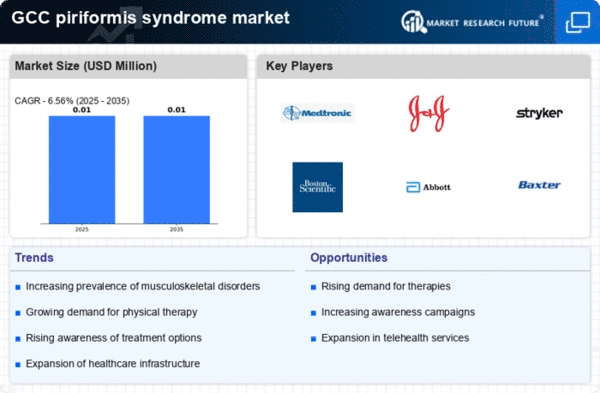
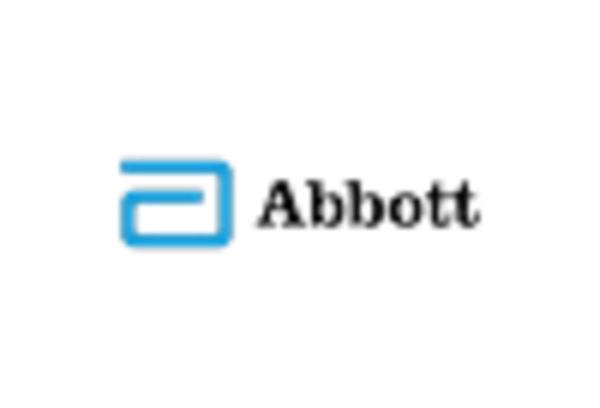
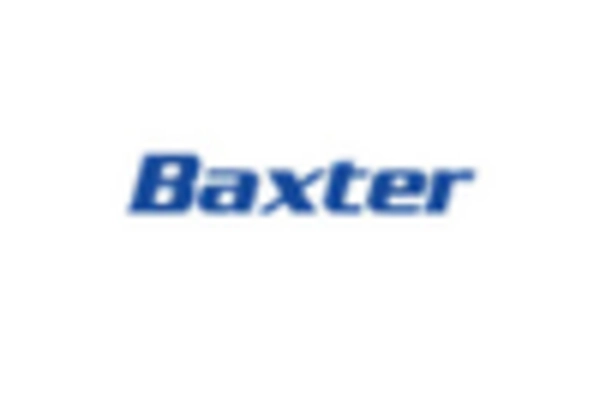


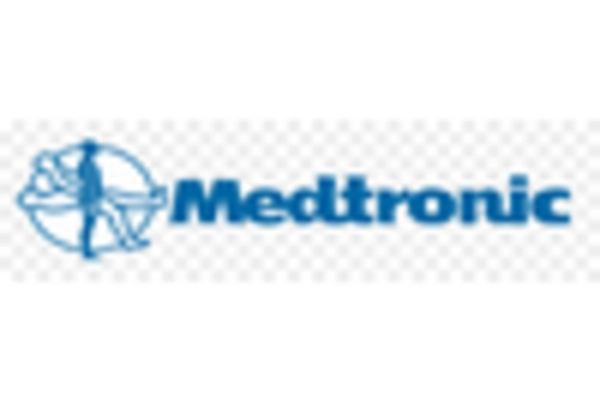
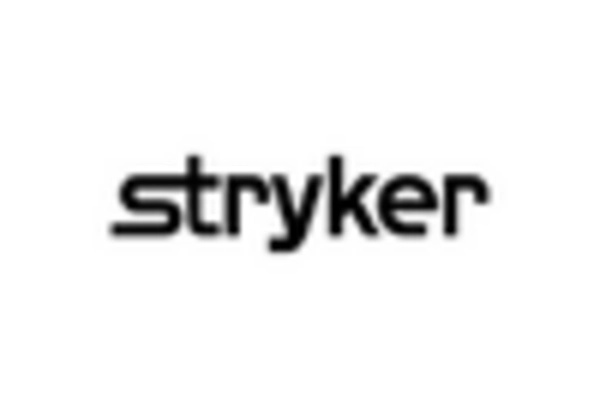








Leave a Comment